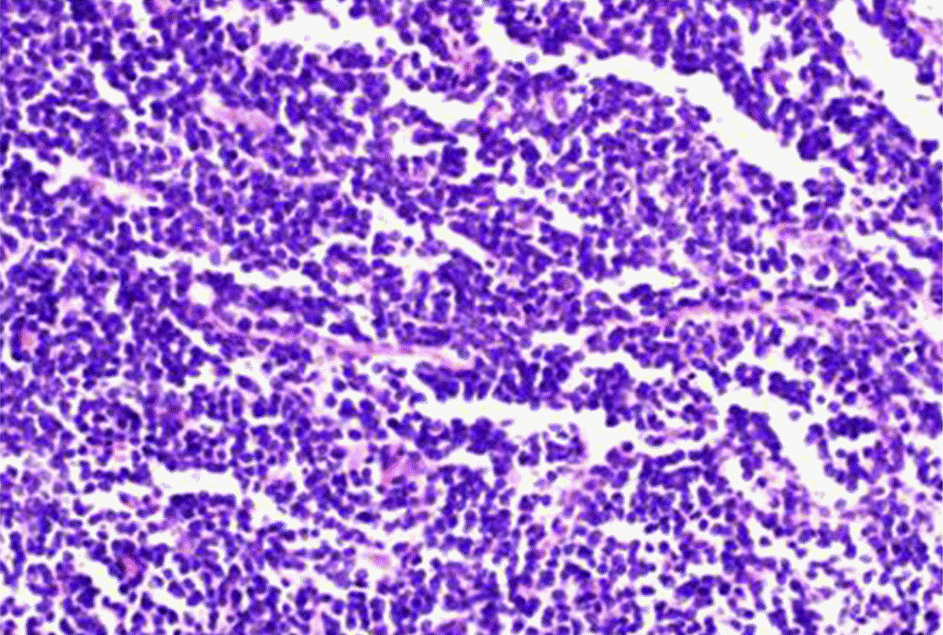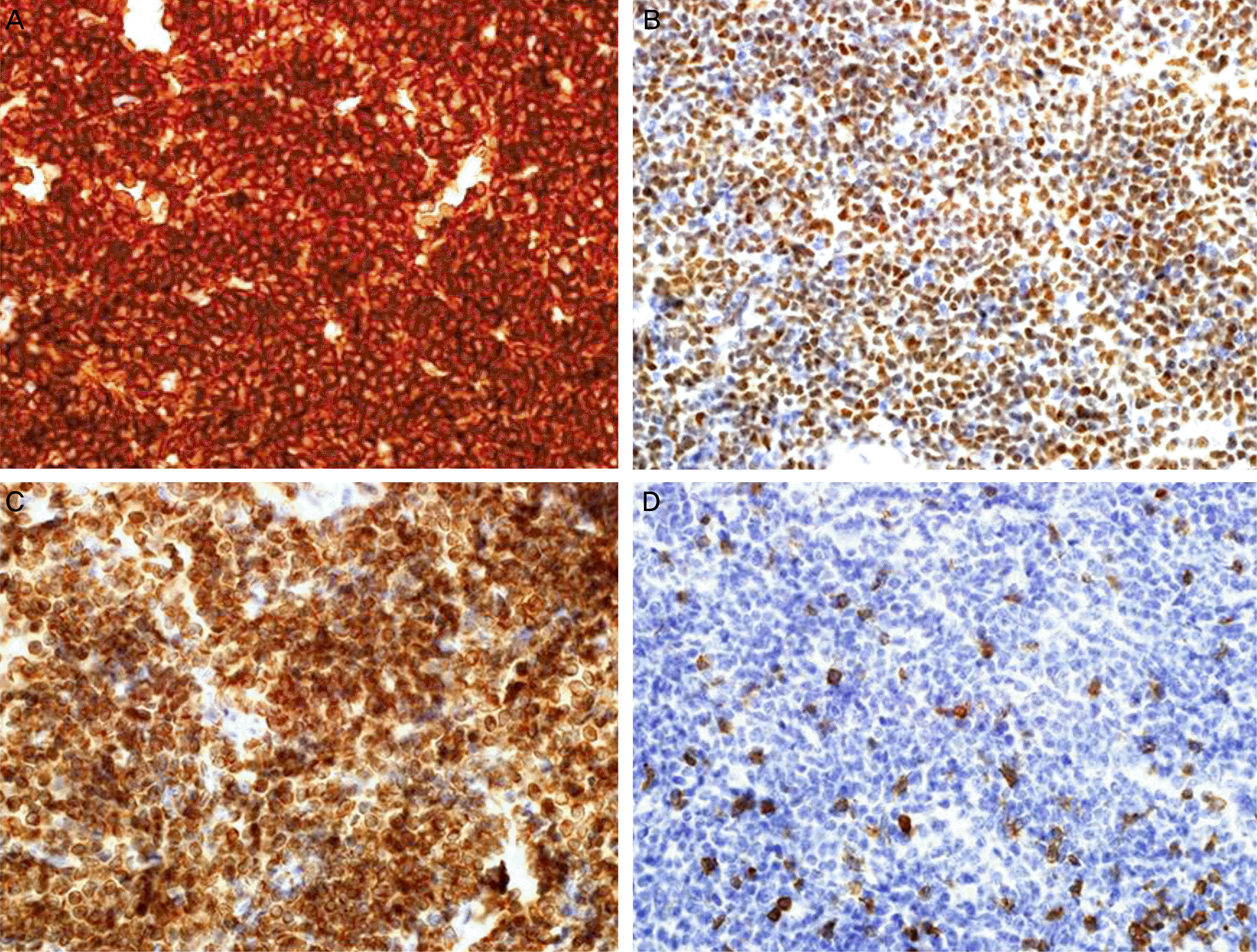1. Cahill M, Barnes C, Moriarty P, et al. Ocular adnexal lymphoma-comparison of MALT lymphoma with other histological types. Br J Ophthalmol. 1999; 83:742–7.

2. Swerdlow SH, Williams ME. From centrocytic to mantle cell lymphoma: a clinicopathologic and molecular review of 3 decades. Hum Pathol. 2002; 33:7–20.

3. Andersen NS, Jensen MK, de Nully Brown P, Geisler CH. A Danish population-based analysis of 105 mantle cell lymphoma patients: incidences, clinical features, response, survival and prognostic factors. Eur J Cancer. 2002; 38:401–8.
4. Looi A, Gascoyne RD, Chhanabhai M, et al. Mantle cell lymphoma in the ocular adnexal region. Ophthalmology. 2005; 112:114–9.

5. Jenkins C, Rose GE, Bunce C, et al. Histological features of ocular adnexal lymphoma (REAL classification) and their association with patient morbidity and survival. Br J Ophthalmol. 2000; 84:907–13.

6. Lee JS, Song SW, Kim MS. A case of primary mantle cell lymphoma on the conjunctiva. J Korean Ophthalmol Soc. 1999; 40:2010–4.
7. Freeman C, Berg JW, Cutler SJ. Occurrence and prognosis of ex-tranodal lymphomas. Cancer. 1972; 29:252–60.

8. Bairey O, Kremer I, Rakowsky E, et al. Orbital and adnexal involvement in systemic non-Hodgkins lymphoma. Cancer. 1994; 73:2395–9.

9. Coupland SE, Krause L, Delecluse HJ, et al. Lymphoproliferative lesions of the ocular adnexa. Analysis of 112 cases. Ophthalmology. 1998; 105:1430–41.
10. Shields JA, Shields CL, Scartozzi R. Survey of 1264 patients with orbital tumors and simulating lesions: The 2002 Montgomery Lecture, Part 1. Ophthalmology. 2004; 111:997–1008.
11. Nola M, Lukenda A, Bollmann M, et al. Outcome and prognostic factors in ocular adnexal lymphoma. Croat Med J. 2004; 45:328–32.
12. Oh DE, Kim YD. Lymphoprolfierative diseases of the ocular ad-nexa in Korea. Arch Ophthalmol. 2007; 125:1668–73.
13. Looi A, Gascoyne RD, Chhanabhai M, et al. Mantle cell lymphoma in the ocular adnexal region. Ophthalmology. 2005; 112:114–9.

14. Romaguera JE, Medeiros LJ, Hagemeister FB, et al. Frequency of gastrointestinal involvement and its clinical significance in mantle cell lymphoma. Cancer. 2003; 97:586–91.

15. Rasmussen P, Sjö LD, Prause JU, et al. Mantle cell lymphoma in the orbital and adnexal region. Br J Ophthalmol. 2009; 93:1047–51.

16. Weisenburger DD, Armitage JO. Mantle cell lymphoma-an entity comes of age. Blood. 1996; 87:4483–94.
17. A clinical evaluation of the International Lymphoma Study Group classification of non-Hodgkin's lymphoma. The Non-Hodgkin's Lymphoma Classification Project. Blood. 1997; 89:3909–18.
18. Liu Z, Dong HY, Gorczyca W, et al. CD5- mantle cell lymphoma. Am J Clin Pathol. 2002; 118:216–24.

19. Witzig TE. Current treatment approaches for mantle-cell lymphoma. J Clin Oncol. 2005; 23:6409–14.

20. Schulz H, Bohlius J, Skoetz N, et al. Chemotherapy plus rituximab versus chemotherapy alone for B-cell non-Hodgkin's lymphoma. Cochrane Database Syst Rev. 2007; (4):CD003805.







 PDF
PDF ePub
ePub Citation
Citation Print
Print



 XML Download
XML Download